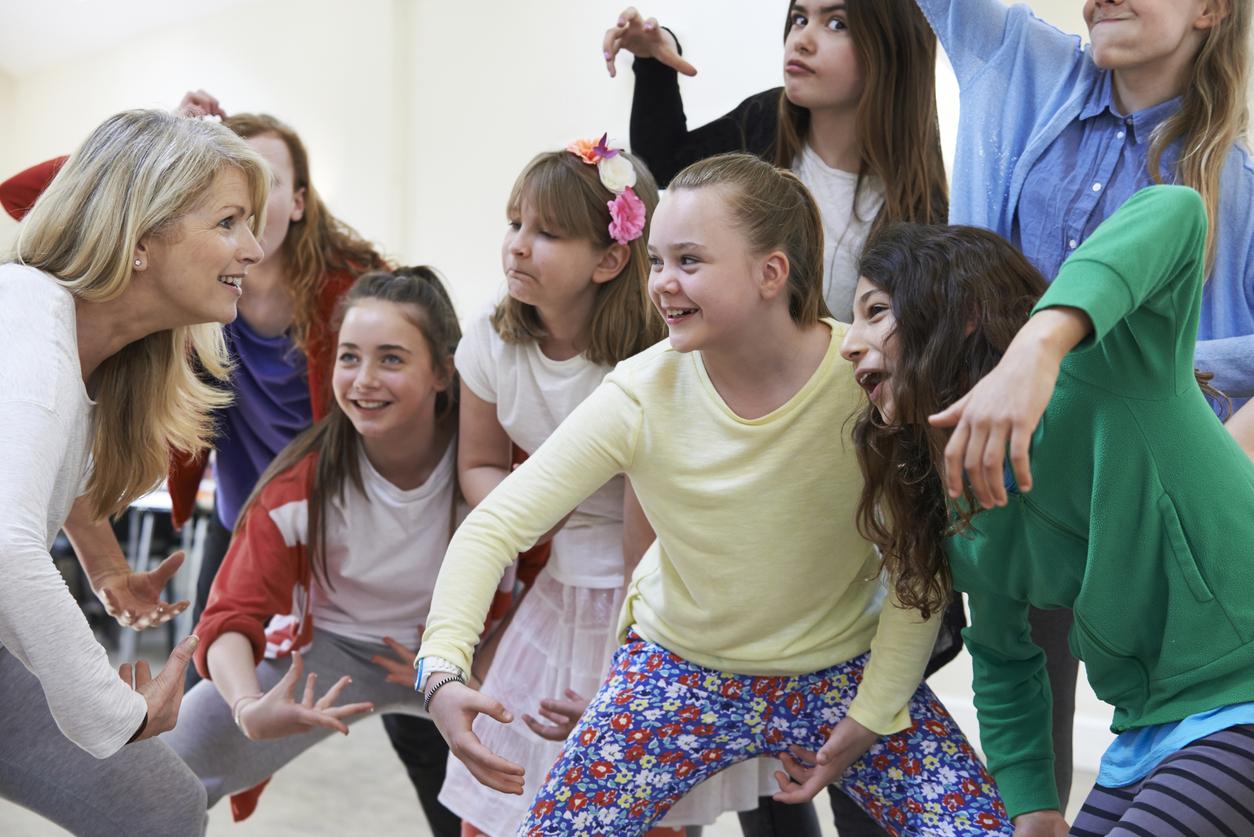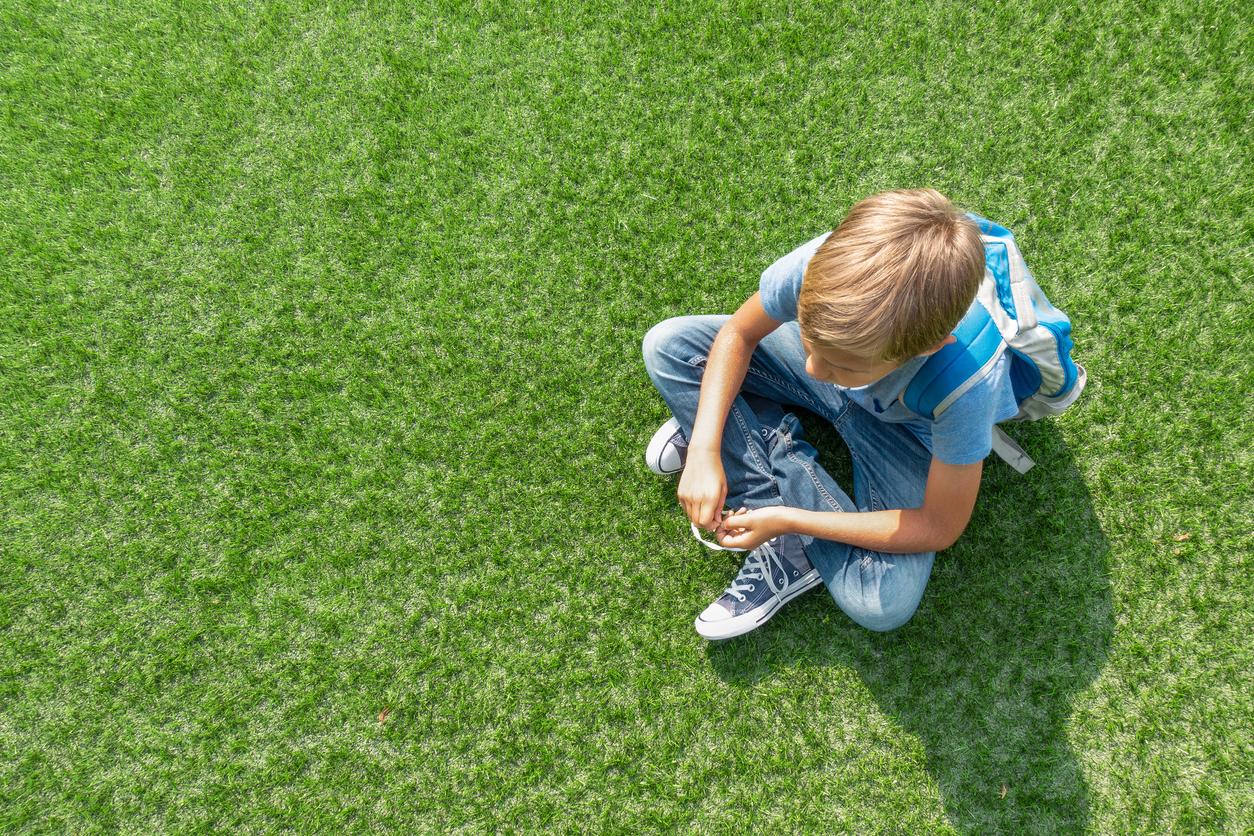Solitude, suicidal tendencies, absenteeism… Bullying at school is not without consequences. This is why on the occasion of the second edition of the forum of the Young Academy, the pupils of a Parisian high school issued recommendations to prevent and deal with this mode of persecution, based on the results of their report on the violence in youth relationships.

- Today, bullying in schools affects more than 700,000 children each year.
- Among its victims, a quarter of adolescents have already considered suicide as an escape.
“For five to ten years, cyberbullying and cyberviolence went unrecognized. Clearly, adults did not see it as having a serious impact on the well-being and mental health of children, because violence did not was not physical but virtual. However, these malicious and repeated actions towards a person can alter their living conditions, and even lead to suicide”, declares Bruno Falissard, child psychiatrist, during the second edition of the forum of La Jeune Académie on March 31. The member of the National Academy of Medicine explains that girls and LGBTQIA+ people are more at risk of cyberviolence. “The peak of cyberbullying occurs at the end of college”, he adds.
Pupils are more affected by school bullying between the ages of 10 and 12
This mode of persecution is not only observed online, some students are also victims within the confines of schools. According to a report carried out by first classes of a high school, located in the 15th arrondissement of Paris, 37.3% of the students within their high school felt oppressed, isolated or suffered repeated attacks on their a certain period of time. Most of the bullied respondents experienced this bullying between the ages of 10 and 12. The survey reveals that 50% of bullied teenagers spoke about it to their parents and 25% to an adult at school.
The survey unveiled by adolescents at the National Academy of Medicine was conducted among 120 students aged around 15. “We were surprised to find that within our school, 5.9% consider themselves to be bullies and that 35.6% of students have already witnessed a bullying situation”says Alice, a high school student responsible for presenting the report on violence in relationships between young people.
The consequences of school bullying
For 77.6% of bullied teenagers, the violence is psychological and verbal. Clearly, they are victims of insults, mockery, rumors or lies. According to the results, the main causes of school bullying are physical appearance, the dissemination of explicit content, then nationality and ethnicity. “These answers are surprising because our school welcomes students of 80 different nationalities from the middle section to the final year”, says Alice.
Bullying at school caused victims to experience anxiety, sadness, loneliness, insomnia, loss of self-confidence, depression and suicidal thoughts, survey finds . “Some have also accumulated absences”, specifies Clara, a first-year student who also participated in the production of the report. This mode of persecution has also led to eating disorders, such as anorexia or bulimia.
How to act in case of bullying at school?
“More and more people manage to spot the signs of school bullying. But few of them know how to react to this situation and come to the aid of the victims”, laments Alice. Based on the results of their report, the high school students came up with recommendations. They feel that online or school-based bullying awareness must take place prior to college entry. The reason is simple: 46.2% of the students surveyed confide that the interventions in colleges to raise awareness of the consequences of bullying do not affect the bullies and 38% consider that the measures proposed to fight against this bullying are not adapted to life. real.
“We recommend that an outside speaker go to schools to discuss the repercussions of school bullying. In order for all students to put themselves in the shoes of the victims, it is better that they participate in the interventions. For example, at the “school, we performed a play on bullying. This method had more impact on our behavior because we were more involved”, develops Naomi, co-author of the report.
Other action: establish an annual interview with a referent, namely an adult in whom adolescents can trust. “This meeting allows the student to talk about the harassment he may suffer but also about his academic life. The idea is that he can preserve his anonymity”, says Perle, a high school student who lists recommendations from teenagers. The authors of the survey also propose to set up “well-being” courses from CM1 to 5th grade, so that victims and harassers can share their suffering.
high school students want create a hotline (a direct telephone line) to receive testimonies from harassed people. “Victims are often ashamed to talk about themselves”, says Pearl. Julien, another student who participated in the report, also stresses the importance of setting up a training day for teachers and school management so that they can quickly spot the signs of school bullying and to act. “A therapy can also allow victims to face this mode of persecution. They could benefit from one session per year with a psychotherapist outside or within the school establishment”, Julian continues.
Students also advocate for use of constructive sanctions against bullies. “The goal is not to humiliate them but to make them aware of the consequences of their actions. Unfortunately, few students know that bullying is an offense punishable by law”, says Julian.
.

















